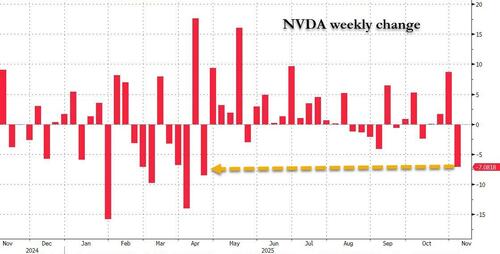The May 10 elections in Karnataka will be closely watched, with observers focussing not just on the conduct of the crucial polls, but also the voter turnout in Bengaluru, the state capital. This is because the city, India’s information technology hub, has an unenviable history of voting in numbers far lower than the state average.

Karnataka witnessed an impressive voter turnout record in the 2013 and 2018 assembly elections, touching 71.83% and 72.44%, respectively. But constituencies under the Bruhat Bengaluru Mahanagara Palike recorded a 60% turnout in 2013 and 55% in 2018. Election enthusiasts hope that the fevered campaign pitch will push the city to not repeat this dismal record in the ongoing polls. Any such dip could not only bring down not just the state’s average, but also underline the urban low-turnout challenge to the all-India aspiration of breaking the 70% barrier in the 2024 Lok Sabha elections.
If political combativeness is a key factor for voters’ enthusiasm, there has been plenty of it in Karnataka. The Election Commission of India (ECI) has an accurate electoral roll and is working towards ensuring the best possible voter experience. If the urban elite finds every political candidate unacceptable, they can always opt for the None of the Above (NOTA) button. Fixing a Wednesday as the assembly election date to deny the scope for a long holiday to the electorate is as much a tactical rescue act by the election panel as a reflection of urban civic apathy towards elections.
Bengaluru’s weak electoral participation record is a reflection of a larger malady of urban apathy towards elections across the country. For years now, cities have seriously lagged behind rural India in electoral participation. In the 2019 Lok Sabha elections, metro constituencies were 10-15% behind their respective state averages in turnouts. Nine of the 20 lowest-turnout constituencies were in cities. Voters in cities blamed traffic, adverse climatic conditions, the discomfort at polling stations for these numbers, besides questioning the futility of elections, leadership, and politics.
But this was not always the case.
Till 1977, Delhi and Chandigarh, and even urbanised states such as Maharashtra, topped the turnout charts; the relative but distinct decline in urban turnout is a feature that took hold in recent decades, even as the voting percentages across India’s 650,000-plus villages rose, thanks to higher political engagement of the population, both as identity groups and as beneficiaries of government-initiated welfare schemes.
In addition, unlike urban areas, villages have the tradition of collective decision-making and community bonding. While rising literacy, exposure and aspiring leadership are behind higher rural electoral assertion, the urban citizen had an excess of these things, leading to acute scepticism and the withdrawal from the process. And, of course, there is the theory of elite flight, which suggests that since urban elites don’t need to interface with their elected representatives for civic goods, they’ve exited the process of political bargaining, which is now only inhabited by the urban poor.
Can this be reversed? Political parties will have to come up with a focused agenda for cities, so that residents get involved in electing their representatives. One specific complaint in Bengaluru is that no political party came up with solutions to the plethora of hardships the city dwellers face on a daily basis. This is not undoable. Following systematic efforts at raising information, motivation and facilitation, many towns and cities have seen better turnouts in the past. Such steps are important; otherwise, the gains of an updated electoral roll and remote voting could also be lost. On its part, ECI needs to roll out new engagement initiatives. Political campaigners and civil society must also chip in. Any steady decline in voters’ participation in cities may strengthen the case of those calling for compulsory voting.
Under the central government’s flagship Swachh Bharat Mission, the level of cleanliness has been connected to a city’s pride; and this has sparked a healthy race to earn the tag of garbage-free cities or open defecation-free cities. The same tactic should apply to voting in elections, as the apathy of citizens is the silent and the surest way for a decline of democracy.
The assembly elections are Bengaluru’s chance to redeem itself and chart out a path of hope to break the stranglehold of urban apathy in India’s democratic electoral process. India will be watching.
Akshay Rout is former director- general, Election Commission of India
The views expressed are personal














